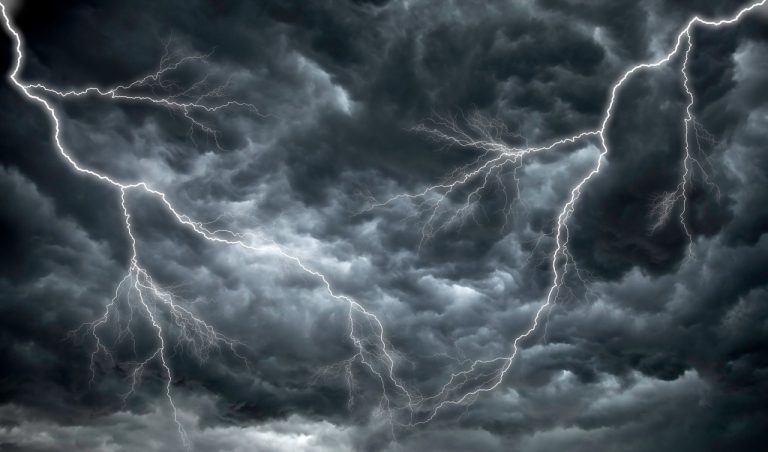(WXIN/WTTV) – Last year, on February 27, the first tornadoes of 2023 struck central Indiana. A tornado warning was issued and the weather service team rushed into action.
FOX59/CBS4's Christa McEnany was on the air with an update.
“We have a tornado warning just issued for part of central Indiana,” she said. “So, we want to fill you in and update you.”
The tornado warning was part of a larger operation that began several days earlier. The National Weather Service issues forecasts for potentially dangerous weather, days before storms develop.
Sam Lashley, of the National Weather Service, explained how warnings are issued.
“Then, as we get to the day of the event, we can fine-tune the exact timing and severe weather threat that we will see,” Lashley said.
“Now, if we zoom in here, you can see this little clip. Now this is poor by most standards, but this was a day when we were expecting tornadoes and the environment was right for that. So we were watching these short events on the radar. And as soon as the meteorologists saw that “They issued the warning.”
The weather service team was live immediately and provided detailed information about the storms.
Two tornadoes touched down and caused damage in Hancock County that day.
Christa McEnany went to Hancock County to provide an update a year after the storms.
“This iconic 120-year-old round barn looks very different today than it did just over a year ago,” she said on air.
Gary Kengen, the owner of the barn, described what he saw that day
“I looked out the window at the round barn and everything was going straight,” Kengen said. “The doors and boards were hitting the building, and quickly it was gone.”
Even the foundation was severely damaged in this devastating event. It has taken a tremendous amount of effort and resources to restore this county landmark in McCordsville.
“The storm expanded its range,” Kengen said. “The tin and all the windows were blown out. The tin on that side of the barn went north and the tin here came from this direction. It was peeling off.”
Kengin, who was initially unsure whether this historic structure could recover, now stands proud that the barn is stronger than ever.
“My grandparents, my father, me and my two sons, we still use it,” he said. “I am very happy with that.”
The family said they were determined to keep it strong for many generations to come.
As we now know, tornado activity can occur in Indiana at any time of the year.
However, our greatest threat is just around the corner during the months of April, May and June.
Historically, these three months produce more tornadoes than any other time of year in the Hoosier State. May will bring our highest chances with six chances on average, followed by June with five chances annually.
Naturally, these vary greatly each year and can change dramatically in an El Niño pattern.
El Niño will drive the next spring weather here — responsible for a possible mild spring again.
Chances of above normal temperatures remain very high, but will we turn to humidity? This is still not clear. After an El Niño winter, and at this distance, there are equal chances of precipitation being above or below normal.
The transition from El Niño to a neutral El Niño Southern Oscillation state is likely to occur by April-June 2024 (79% chance), with increased odds of La Niña developing in June-August 2024 (55% chance). This could play a more significant role in the rainfall forecast and in the coming weeks.
Regarding severe weather this spring, evidence supports a period of calmer weather in the early months of spring. However, as El Niño forecasts fade, this period could turn into a very active period in May with an increased risk of more violent storms throughout the upper Midwest and possibly into Indiana.
Collaboration between the National Weather Service and the National Weather Service team is vital to providing you with the most up-to-date information to keep you and your family safe.
“The media plays a big role in what we do because you're getting our message across. You're amplifying our warnings,” Lashley said. “That's why when you go on the air and tell people the situation is serious, we're not messing around.”
It is our most important responsibility and we do not take it lightly.

